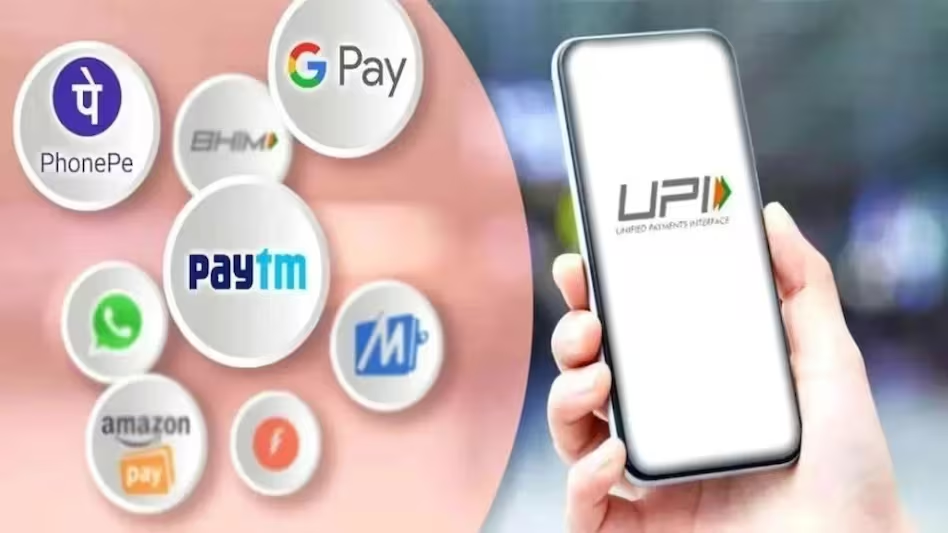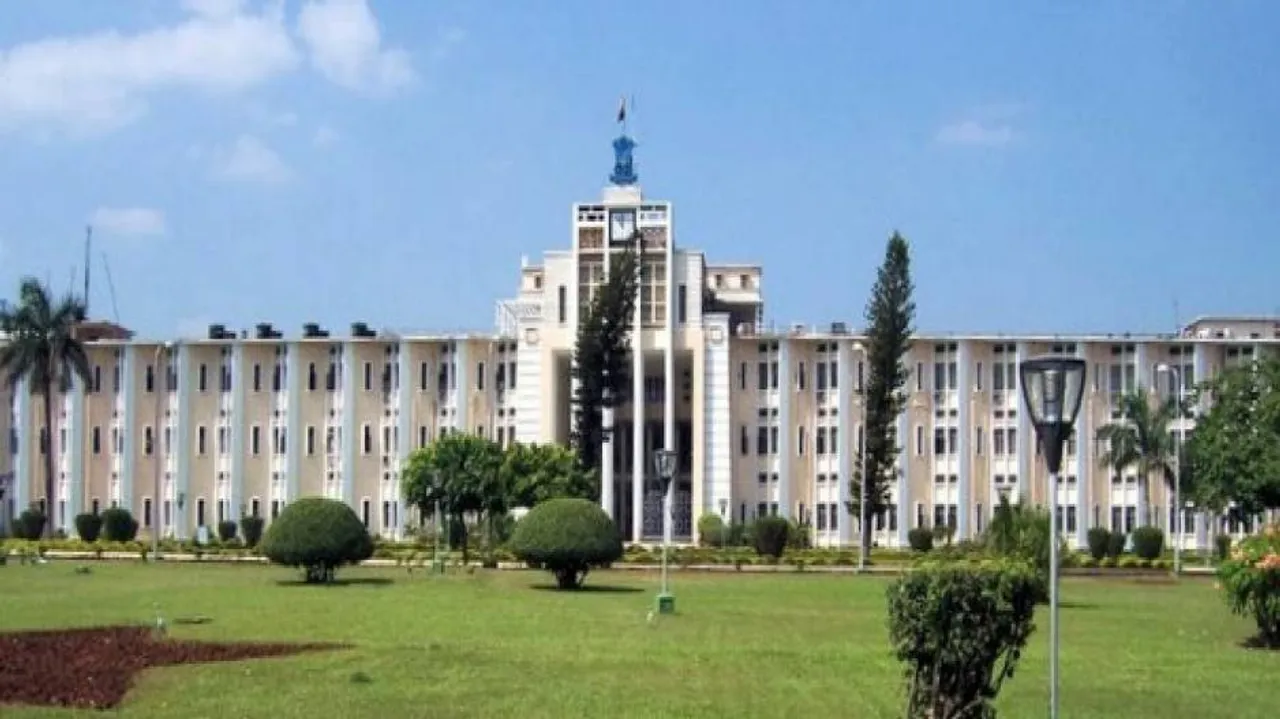In a significant move aimed at widening the scope of digital transactions, the National Payments Corporation of India (NPCI) has announced a revised framework for Unified Payments Interface (UPI). The new framework enhances transaction limits for select categories, enabling users to make high-value digital payments of up to ₹10 lakh per day.
The changes, which will come into effect from September 15, 2025, are expected to strengthen India’s digital economy by facilitating seamless payments across insurance, investments, travel, and e-commerce.
What Has Changed in the UPI Framework?
Under the updated guidelines, Person-to-Merchant (P2M) transactions will now enjoy higher caps, while Person-to-Person (P2P) transactions remain restricted to the existing ₹1 lakh per day. The increased limits have been designed to target specific sectors where large-value transactions are common.
Revised Transaction Categories and Limits:
-
Capital Markets, Insurance, Government e-Marketplace: Up to ₹5 lakh per transaction, with daily caps between ₹6 lakh and ₹10 lakh.
-
Travel Bookings, Loan Repayments, Credit Card Settlements: Limit raised to ₹5 lakh per transaction.
-
Jewellery Purchases: Permitted up to ₹2 lakh.
-
Term Deposits (Digital Onboarding): Limit set at ₹5 lakh.
-
Digital Account Opening: Remains unchanged at ₹2 lakh.
By distinguishing between different merchant categories, NPCI has introduced flexibility to accommodate industries where single high-value transactions are the norm.
Why the Higher UPI Limits Matter
Industry experts believe that the revised UPI framework will streamline high-value transactions, particularly in sectors such as insurance premium payments, equity investments, loan EMIs, and large travel bookings. Until now, users often faced challenges splitting transactions or using alternative payment modes for amounts exceeding the standard UPI limits.
By raising the limits, NPCI is enabling faster, one-step digital checkouts with real-time settlement—a significant boost for merchants and customers alike.
“The decision will greatly benefit industries dealing with high-ticket payments. It addresses merchant concerns over failed or split transactions and ensures customers enjoy a smoother digital payment experience,” a fintech industry analyst commented.
Boost to India’s Digital Economy
India has seen an exponential rise in UPI adoption, with monthly transactions crossing 15 billion in 2025, making it the most preferred digital payment system in the country. The revised framework is expected to further push adoption among high-value merchants who previously relied on cards, net banking, or cheques for larger payments.
The move also aligns with the government’s vision of creating a cash-lite, digitally empowered economy. By allowing secure, high-value P2M transactions, the UPI framework is likely to attract more users to digital platforms for big-ticket spends like insurance premiums, financial investments, and travel expenses.
Safeguards and User Awareness
Even as limits rise, security and regulatory oversight remain a priority. Industry stakeholders expect banks and payment providers to strengthen fraud detection systems, particularly for merchants handling large UPI inflows. Experts also urge users to remain vigilant, as higher transaction values could attract cyber fraud attempts if accounts are not adequately secured.
NPCI has emphasized that the increased limits will not alter the core safety features of UPI, including two-factor authentication, real-time settlement, and customer grievance redressal.
What Lies Ahead
The revised framework is set to reshape digital commerce in India, reducing dependency on traditional payment instruments for large purchases. By September 15, users will have access to a wider digital payment ecosystem that supports everything from daily utility bills to lakh-value insurance and investment transactions—all on UPI.
For consumers, it means greater convenience and speed; for merchants, it promises reduced friction and better customer retention. Collectively, the changes mark another step in making UPI not just a tool for small transfers, but a universal digital payment solution.










